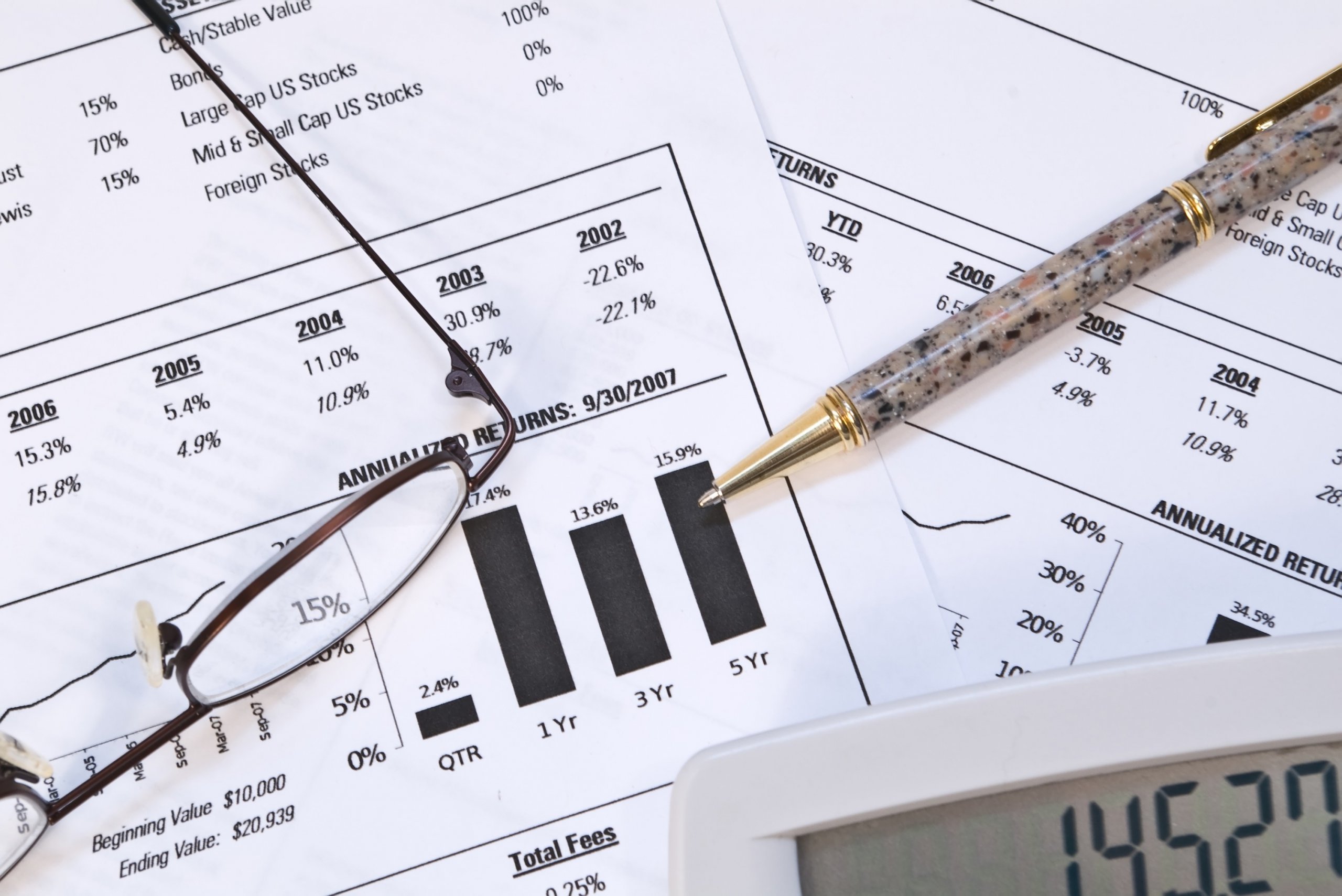Accounting is a topic that rare small business owners are interested in. However, as everyone will know, understanding the fundamentals of accounting largely determines the success or failure of your company. In other words, you should be familiar with three financial documents: balance sheets, cash flow statements, and profit and loss (P&L) reports. At first glance, they all seem a little tedious and complicated, but if you take them apart one by one, they are simple, especially when you have a free income statement template at your disposal. This income statement template fits perfectly into the business plan of any company, from small businesses to large corporations. Ideally, by analyzing income and expenses, you can save money and find backup opportunities to increase profits.

What Is a Profit and Loss Statement (P&L)?
The Profit and Loss Statement is also known as the Income Statement. It tracks your company’s income (or sales) and expenses over time. In other words, the income statement shows whether your company is profitable. Small business owners mainly use it to evaluate their performance and find areas for improvement and new growth ideas. According to the US Small Business Administration, it is the best tool for determining the profitability of your business. And because they are only a few lines long, some income statements and templates are relatively easy to create and interpret. Others can span multiple pages. However, it depends on your company’s size, stage, and complexity.

What Is the Purpose of The Income Statement?
Typically, the income statement is used to determine net operating profit or loss. If you’re making a profit, that’s fantastic! You can reinvest them, keep them, or do something else with them. If you are losing money, it indicates that your company is on an unsustainable path, and you need to figure out how to turn things around. Depending on who views the income statement, you can also use it for other purposes. When income and expenses are the same in economic essence, it is correct to curtail them. It is more convenient to perceive and essentially logical.
Investors
They will check your income statements for multiple periods to determine how successful your company has become over time. They may also collect data on the performance of your operations, competitiveness, and the viability of your company model. Note that the P&L separately shows the production cost (cost of goods sold, or COGS). It includes only direct costs for producing or purchasing goods you can identify. To simplify the situation, we have omitted taxes, which we will consider separately. Why do you need a profit and loss statement? Basically, of course, to analyze the profitability of the company. Again, it is beneficial to analyze profit and loss statements in dynamics and comparison with competitors: what is the company’s profitability, how does it change from year to year, etc.
Lenders
They will look at your P&L to see if your company can make a profit large enough to pay down loans and interest in the future. However, there are certain limitations to what income statements can do. They do not indicate the financial health of your company by themselves. They may reflect this in some circumstances, but billing practices or fraudulent transaction reporting may misrepresent (or mislead) them (intentionally or not).

Cost price
This expense includes all direct operating expenses. Those expenses directly depend on the number of goods sold/produced or services rendered, without which it is impossible to carry out the main activity. If you have offline retail, this is store rent, salaries for salespeople and consultants, the cost of purchasing goods, and so on. It includes expenses for core activities you cannot have at a price. It may be, for example, funds spent on advertising or the advice of a third-party lawyer. It does not include taxes and payments on interest on loans and borrowings, and we will take them out separately.
Managerial
Strictly speaking, operating expenses are optional – they may not be in the company. But still, this is a rarity because even the smallest business must have at least one person or outsource accounting – this is already a management expense. It includes the salaries of accountants, lawyers, directors, and other professionals who are not involved in the production of the main product, as well as rental of premises, postal services, purchases of office furniture and stationery, corporate parties, and so on. Just like any small-scale payment for advertising on social media. Networks or on sites like commercials.
 About Complete Controller® – America’s Bookkeeping Experts Complete Controller is the Nation’s Leader in virtual bookkeeping, providing service to businesses and households alike. Utilizing Complete Controller’s technology, clients gain access to a cloud platform where their QuickBooks™️ file, critical financial documents, and back-office tools are hosted in an efficient SSO environment. Complete Controller’s team of certified US-based accounting professionals provide bookkeeping, record storage, performance reporting, and controller services including training, cash-flow management, budgeting and forecasting, process and controls advisement, and bill-pay. With flat-rate service plans, Complete Controller is the most cost-effective expert accounting solution for business, family-office, trusts, and households of any size or complexity.
About Complete Controller® – America’s Bookkeeping Experts Complete Controller is the Nation’s Leader in virtual bookkeeping, providing service to businesses and households alike. Utilizing Complete Controller’s technology, clients gain access to a cloud platform where their QuickBooks™️ file, critical financial documents, and back-office tools are hosted in an efficient SSO environment. Complete Controller’s team of certified US-based accounting professionals provide bookkeeping, record storage, performance reporting, and controller services including training, cash-flow management, budgeting and forecasting, process and controls advisement, and bill-pay. With flat-rate service plans, Complete Controller is the most cost-effective expert accounting solution for business, family-office, trusts, and households of any size or complexity.




